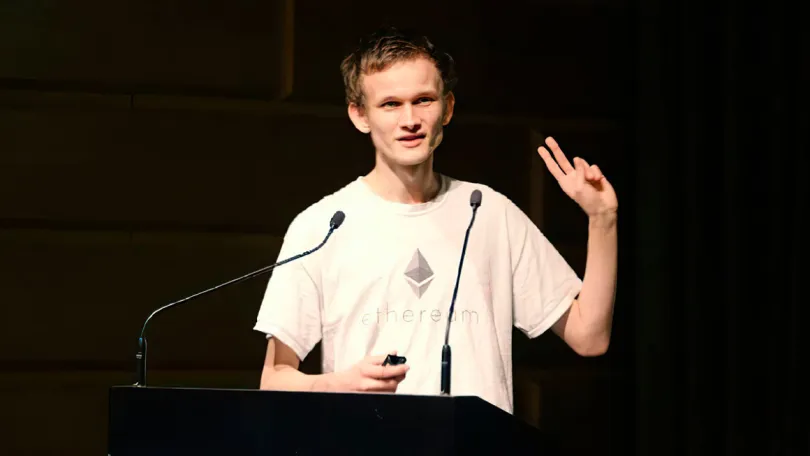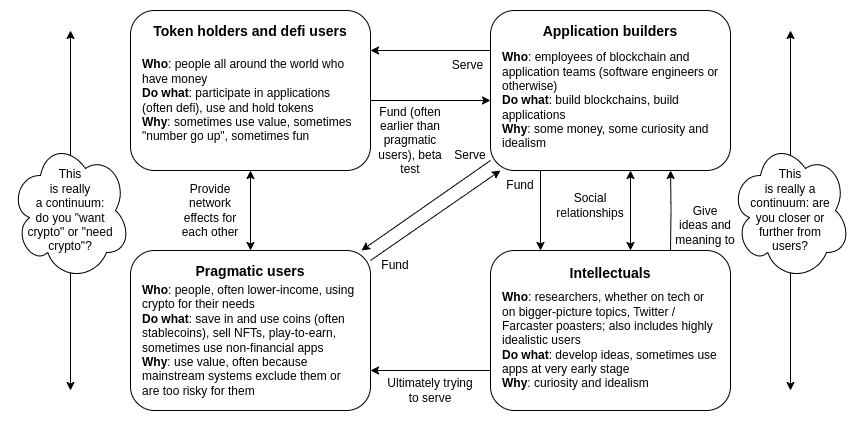
Vitalik Buterin, co-founder of the Ethereum project, recently published an insightful article on his blog. In it, he examined the four main components of the cryptocurrency sector and shed light on the different views and approaches to the industry in different regions.
Recalling his trip to China in 2014, Buterin witnessed the rapid growth of exchanges and the mining industry, particularly the emergence of bitcoin mining farms utilizing GPUs and #ASICs. He emphasized that Ethereum's development took place predominantly in Berlin, where the European open source culture fostered innovative ideas for Ethereum's non-financial applications.
Buterin also emphasized the importance of Silicon Valley as an early center of interest in cryptocurrencies, where different ideologies such as rationalism, efficient altruism, and transhumanism converged. However, he noted that these communities have undergone significant transformations over time. #China has faced a crackdown on cryptocurrencies, resulting in many developers finding a new home in #Singapore. Meanwhile, Silicon Valley has seen an internal split, with rationalists and AI developers forming separate factions entering into debates about the future of AI development.
Recalling his visits to #Taiwan in 2016 and 2017, Buterin was struck by the combination of the locals' ability to self-organize and their thirst for learning. In #Argentina, he was struck by the enthusiasm with which they adopted and applied Ethereum technologies and ideas, especially in solving pressing financial problems such as hyperinflation. Buterin noted the striking popularity of cryptocurrencies in the region, where he is more likely to be recognized on the streets of Buenos Aires than in San Francisco. He also noted the efforts of local developers to address issues related to converting cryptocurrencies to fiat and improving Ethereum nodes in Latin America.
Buterin concluded by expressing his appreciation for the global nature of cryptocurrencies, which allowed him to gain insight into different cultures and subcultures around the world and their interactions with cryptocurrencies.
The four components of the cryptocurrency sector

Buterin also provided a comprehensive overview of the four main components of the cryptocurrency sector, emphasizing their interdependence:
- Token holders and #DeFi users: These people play a crucial role in funding the entire system, enabling the development and deployment of technologies such as consensus algorithms and zero-knowledge proofs.
- Intellectuals: They contribute valuable ideas to ensure that the cryptocurrency space serves meaningful purposes and continues to evolve.
- Developers: These individuals bridge the gap between ideas and practical application, striving to create user-centered applications that bring innovative concepts to life.
- Pragmatic users: They are the driving force behind accomplishing tasks and goals in the cryptocurrency ecosystem.
Buterin also mentioned a significant event that happened eight months ago that caused upheaval in the cryptocurrency world. He gave a list of prominent figures in the industry, highlighting those who weathered the storm and those who faced challenges.

In addition, Buterin stressed that the cryptocurrency industry stands out as one of the few highly decentralized technology sectors with developers scattered across the globe.
Earlier, Buterin shared his thoughts on the potential application of artificial intelligence in the cryptocurrency sphere.




























